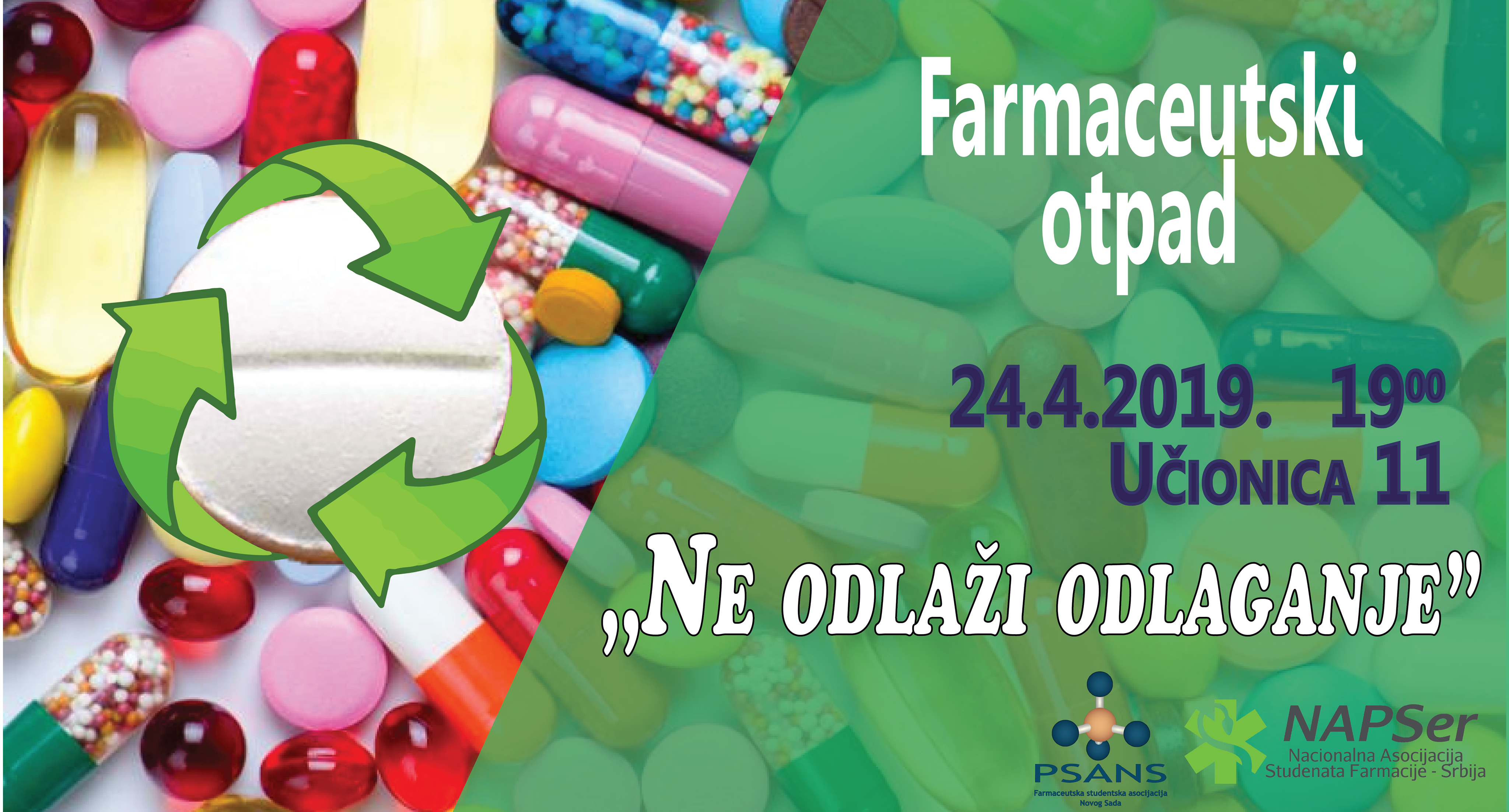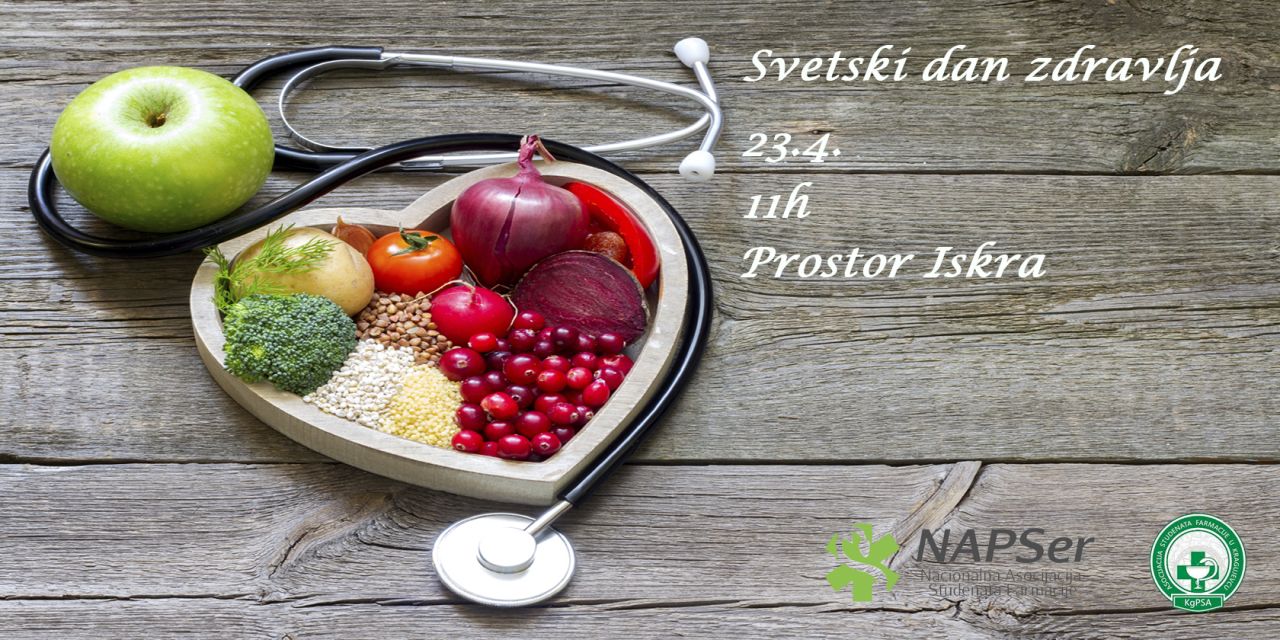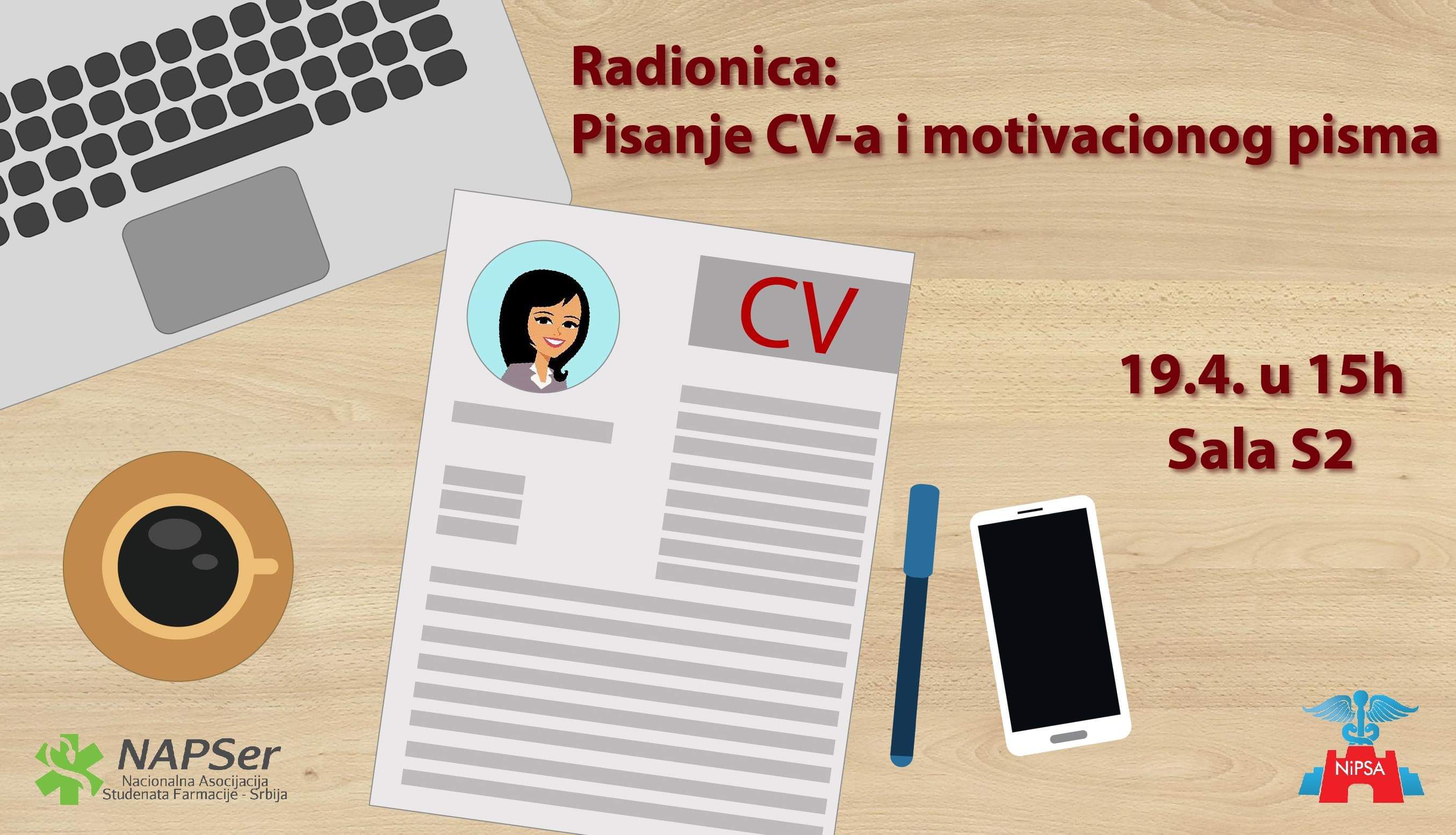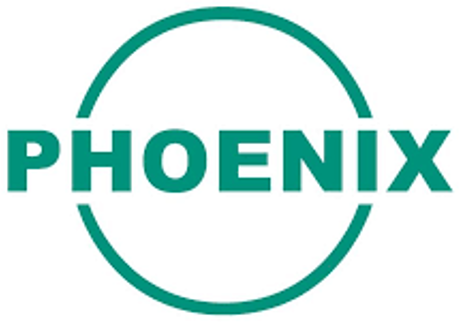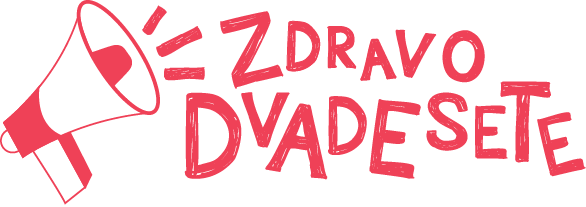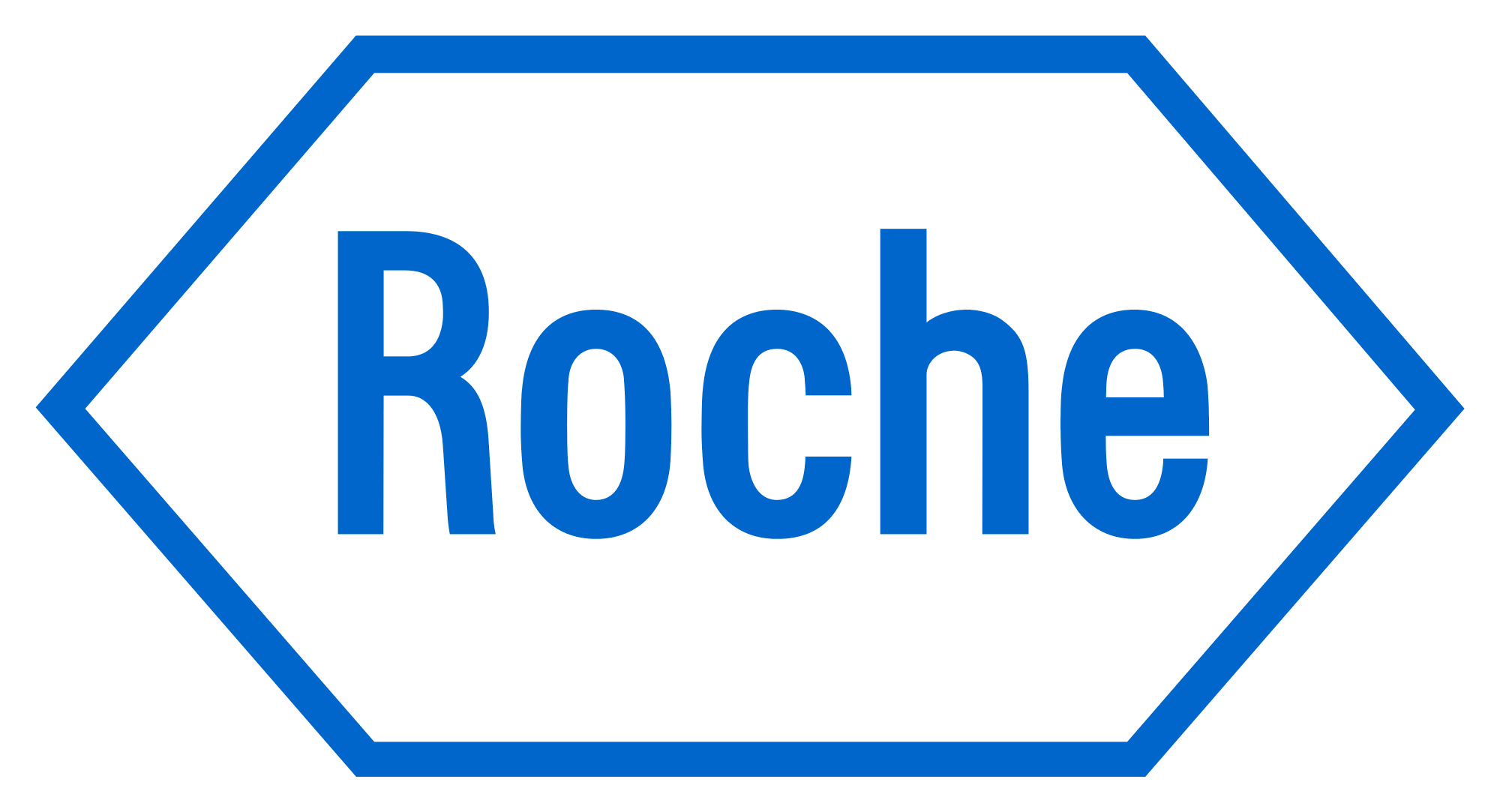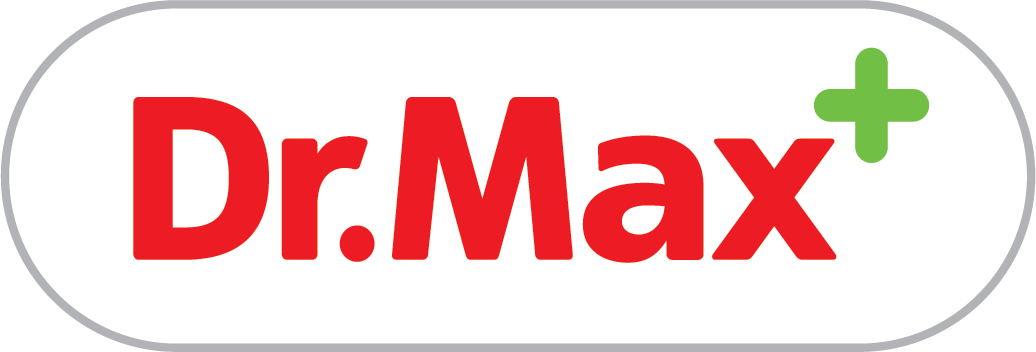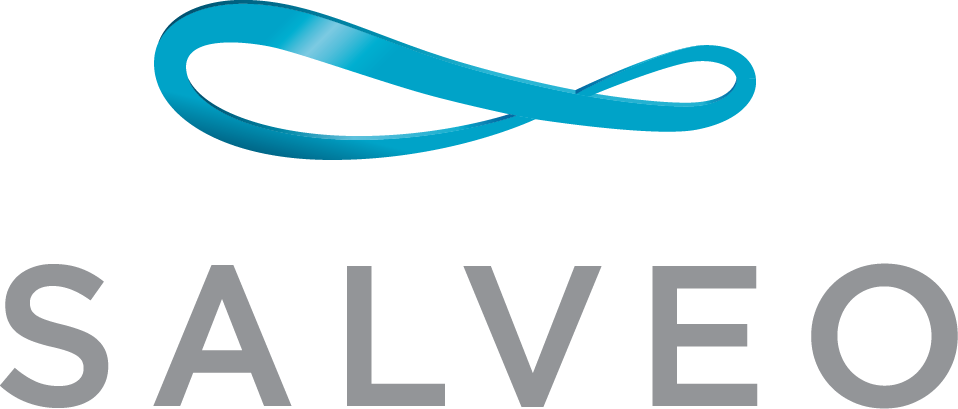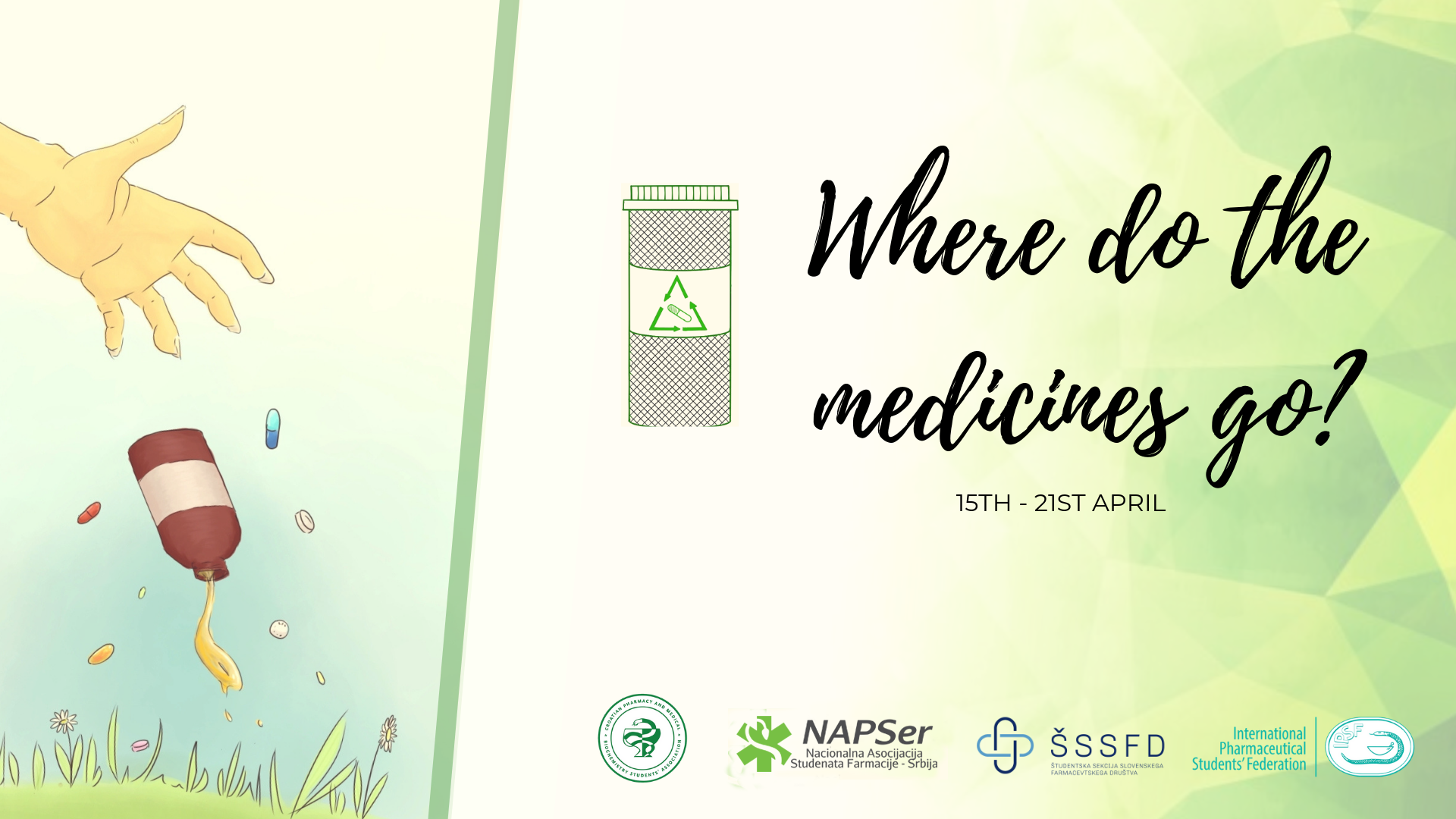
NAPSer, in cooperation with CPSA and ŠSSFD within the "Subregions project" of IPSF, deals with the issue of pharmaceutical waste.
Pharmaceutical waste and its departure is a very current and important topic which we have to mention. To see how it is, we all need to know “Why should we all have to have a special procedure for removing pharmaceutical waste?” After all, we must be aware that by throwing medicines into a garbage, all active supplements from pharmaceutical forms end up in nature. This is how they reach the soil, wastewater and sewage water, and what’s even worse, they reach the water we drink and fruits and vegetables we eat. On the other hand, there were many cases of toxic effects on animals and humans with drugs that were not properly stored or destroyed, and were ingested by mistake. In recent years an additional problem is bacterial resistance to antibiotics that has been created as a consequence of the improper destruction of antibiotics that have reached the environment.
By all the facts above, we’re able to conclude that by proper destruction of medications we could achieve less risk for health of humans and animals and for our environment.
The next vital question would be "What does the concept of pharmaceutical waste include?". Pharmaceutical waste includes medicines with expired shelf life, useless drugs, primary packaging in which medicines are stored and pharmaceutical equipment used for the preparation of medicines. Depending on where pharmaceutical waste arises, we can divide them into three groups. The waste generated in pharmacies and other health care facilities is classified as medical waste. The waste generated in the veterinary sector is classified as veterinary waste. And finally, the waste produced by the citizens themselves is classified as municipal waste. Also, from each of these three groups of pharmaceutical waste, there is a subgroup of cytotoxic and cytostatic waste, which must be treated in a special way. The manufacturer is required to mark his medicine with the corresponding code, to make it easier to group them in appropriate category. The law also recognizes cytotoxic drugs, vaccines, antibiotics and controlled psychoactive substances as hazardous waste.
Every country recognized that problem as an important, and accordingly identified some laws that would control this process. Destroying pharmaceutical waste is ensured by a different law in each country.
We could ask a question "What can we do as pharmacists in order to reduce spreading pharmaceutical waste?". At the beginning of each problem, it would be great to start from the prevention. The first step would be to avoid the expiration date of a drug. It is recommended that medicines should be used so that medicines that have the most recent expiration date, should be the first ones delivered to a patient. This means that the management of distribution of drugs to a pharmacy should be guided by a principle – higher selling proportional to bigger distribution, and by that we could provide less expired shelf date of drugs. Also, a very important aspect is good communication between pharmacies and other health care institutions. In the event of a lack of some medicine, the supply could be done from pharmacies that have larger stores in their warehouse. Another form of prevention is a contract with suppliers indicating that the pharmacy may return new medicines if their period expires in less than a month in exchange for the same amount of medicinal product with a time limit of at least another six months. Of course, you should note that the amount of drugs ordered by the pharmacist itself should be in line with the drug's turnover, and that it is better to treat more often less quantities than rarely a greater amount of medication.
The next very important topic would be: "How to treat the pharmaceutical waste produced by the citizens themselves?". The answer to this question is found in the law itself that obligates pharmacies to take in unnecessary medicines from citizens. Citizens should take medicines and hand them to a pharmacist, while the pharmacist is obliged to classify and dispose them in the intended containers. Containers should be in a prominent place in the pharmacy. Also, a pharmacist is required to record the amount and type of pharmaceutical waste when it’s received.
When handling pharmaceutical waste, for the beginning it is most important to perform a proper classification. Firstly, the waste that the citizens brought to a pharmacy from its own pharmaceutical waste need to be split up from the pharmaceutical waste created in pharmacy itself. Then, the liquid from solid waste must be separated. When it comes to small amounts of liquid contained in vials or ampoules, treat them as well as solid waste. When we talk about "free liquids" such as waste from galenical laboratories, then it must be treated in a special way. If there is waste that doesn’t contain the active substance, it can be disposed of as municipal waste or disposed of in the sewage system, thus reducing the costs of treating waste. Packaging that has been in contact with the pharmaceutical product (ex. tablet blasters) is also treated as pharmaceutical waste, while everything else that has no direct contact with it is treated as recyclable or municipal waste (ex. cardboard boxes). Psychoactive substances that have become waste need special treatment which means that they must be kept locked in metal cabinets until they are handed over to authorized waste disposal operators. Cytotoxic and cytostatic drugs must be disposed of in containers that can be sealed imperviously. Syringes, needles, infusion systems and similar waste should be treated as medical infectious waste, together with live vaccines that have expired shelf life.
The easiest way to sort waste is to divide it into containers of different colors. Therefore, red colored containers, bins and bags are used for pharmaceutical waste, yellow colored for infectious and medical waste and purple colored for the collection of cytostatic and cytotoxic waste.
In order to carry out the proper waste managing procedure, after collecting and sorting, it is necessary to label the containers in an adequate manner. Labeling is carried out by the person who closed the container right after being filled, with standard labels that have appropriate symbols on them.
For proper storage and safe keeping of waste a pharmacy needs to ensure certain space for this purpose. Depending on the capacity of the pharmacy plain cabinets, isolated rooms within or even outside of the pharmacy can be used for waste storage. What is important is that pharmaceutical waste cannot be kept for longer than 12 months within the pharmacy. Also, cytotoxic waste must be isolated and separated and psychoactive substances have to be kept locked. In practice, we can see a lot of cases where pharmacy chains have a centralized waste collection system. This means that it is allowed to transport waste from a pharmacy to a central warehouse under certain conditions that include the amount of waste and the mode of packing.
As an unforgettable aspect of proper pharmaceutical waste management, the protection of the pharmacist who handles it is indispensable. Most often, minimal risk to the pharmacist's health is provided with basic protective gear (ex. glasses, coats and gloves) since it is known which substance is concerned. On the other side, for safe handling of waste without known origin or waste that can mechanically hurt the pharmacist additional safety gear (ex. special gloves or face masks) is needed.
"What's next? How and where to transport stored waste?". The further procedure requires that each pharmacy should have a contract with a licensed company that will be in charge of disposing pharmaceutical waste. It is recommended that waste should be disposed of at least once every six months. The contract must stipulate the frequency of waste collection, the obligation of the operator to deliver the appropriate waste containers, the obligation for the operator to hand over the waste to the licensed treatment facility, as well as the obligation to provide the pharmacy with written evidence that the waste has been destroyed.
When the waste finally reaches the final destination, it is necessary to solve it in two ways. The first is the burning of waste at high temperatures, while the other represents physical and chemical treatment of the waste. In cases of waste that does not contain the active substance and if it is estimated that it will not cause any harmful consequences to the environment, it recommends rational treatment. For example, liquid substances that are safe can go into sewage, while solid substances extracted from blasters can be mixed with municipal waste.
Finally, the worst and most uncomfortable question comes, that unfortunately dictates everything: "Who will pay for everything?". The biggest problem in conducting the entire procedure of pharmaceutical waste management certainly are finances, given that the procedure itself is very expensive. Pharmacies have great financial losses because they are obliged to pay an authorized operator who takes away their waste. The best solution to tackle this problem is to establish a common fund in which companies that supply pharmacies will pay a contribution proportionate to their market share. Resources from this fund would be used to implement the correct procedure for removing pharmaceutical waste and to refund a certain amount of money to pharmacies that is lost on proper waste management.
All we have to do is answer the final question "What would be the epilogue of the whole story about the proper management of pharmaceutical waste?". In conclusion, the fact that the proper way of removing pharmaceutical waste is more than necessary, and unfortunately, that citizens are largely unaware of these facts. Our duty as a healthcare professional, but also as an inhabitant of this planet, is to do everything in our power to raise awareness of citizens on this topic. First and foremost, we have to start from ourselves and as citizens, returning useless medicines to pharmacies and make an honorable influence on the people around us to carry out the habit. Then, one day, when we will work in practice, we comply unconditionally with the regulations on waste disposal. And finally, to contribute in any way to all available resources: public advertising through social networks or the media, organizing public debates, pasting posters in apothecaries, orally informing patients in pharmacies etc.
Text by Sandra Cvitak


